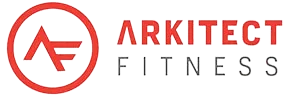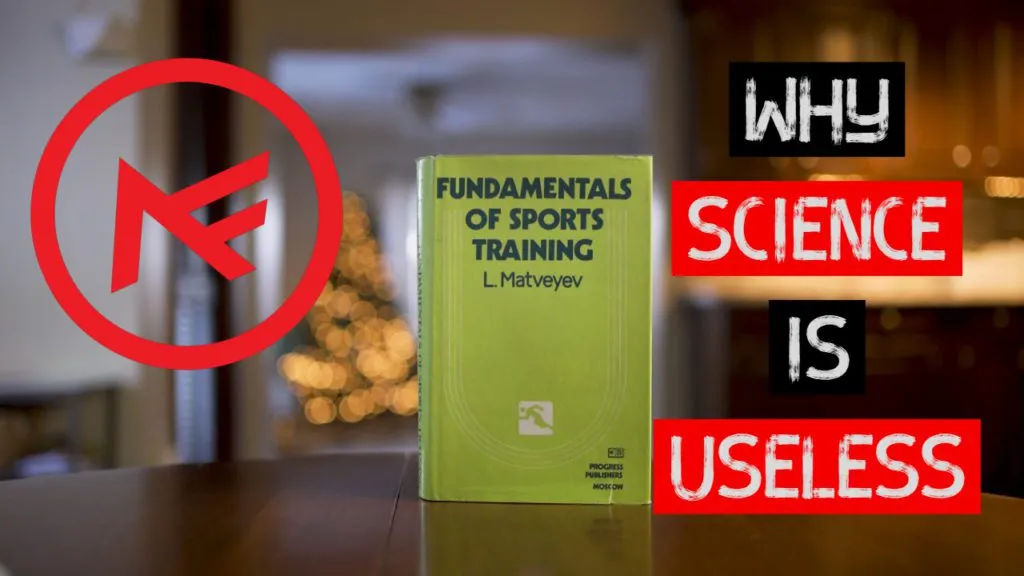Teaching people how to exercise and reading have been two of my life’s greatest passions. As a result I’ve amassed quite the collection of books where these two pursuits collide. Many of the books I own are science-based text books ranging from topics like nutrient timing to the hormonal response to specific training variables. I have learned a lot over the years reading from these books, and despite putting into practice many of the things I have learned, much of the modern science that people like to reference is of no use to the average person trying to get in shape . To understand why, we have to take a trip back into history.
A Walk Down Memory Lane
Human beings have almost always been conscious of both their health, appearance and their performance. This is apparent from as far as back bible verses referencing health and fitness; “For physical training is of some value…” (1 Timothy 4:8), to the famous Greek statues like Discobolus, idolizing lean, athletic bodies. However let’s jump forward a few thousand years to a more “recent” time…about the mid 1800s. Prior to the 19th century obesity was looked at as a status symbol, as only the very wealthy had the means to both over eat and avoid physical labor. It was around this time that we started realizing the negative health consequences of both. The late 1800s were also around the time when sanctioned sports started to organize. Soccer and baseball both got their starts in the 1860s, modern tennis a few years later, and the first modern day Olympics was held in 1896.
Science was in its fledgling states back then as well. We didn’t have the in depth scientific knowledge that we have today regarding nutrition, medicine, exercise, recovery and supplementation. So because of that, everyone was fat and weak right? How could they have possibly coped with weight gain and elite athletics without fancy new supplements or the latest fitness app? Many of the modern day fitness trends, technologies and diets existed prior to even the year 2,000, yet Americans didn’t really start to have a problem with obesity until the 1960s. The first sub 4 minute mile was run in 1954, and since then we’ve only managed to shave another 17 seconds or so even with all the science and technology of the past 70 years.
I know what you must be thinking, “Life was different then. People weren’t as sedentary, and food was as accessible so it was harder to overeat.” And you know what…you are right. While everyone on the internet is sitting around (pun intended) arguing about the latest study that showed x-y-z about carbs or animal proteins or grains or sugars, they are completely missing the forest through the trees. We intuitively understand why obesity continues to rise (people are more sedentary than ever, and food is more abundant than ever) yet we still distract ourselves with fad diets, overpriced (and worthless) supplements, or debating the merits of all manner of fitness modalities.
Learning From Our Elders
How did those of days gone by deal with body weight, health and sports performance? To find out, I cracked open a few of my antique health and fitness books. I typically collect anything predating 1975, but I assumed that Philosophy of Health by LB Coles, MD written in 1851 would have some useful information. Despite it being a “health book” there isn’t much discussion about obesity, as it wasn’t nearly as prevalent as today. With that in mind even 150+ years ago the energy balance equation (calories in vs calories out) was observed:
“Three meals a day are sufficient for all classes of persons… many persons of sedentary habits, two meals a day, rightly distanced, might be preferable.”
Regarding exercise the good doctor writes “Time for exercise is indispensable for health…bodily health cannot be secured without due attention to exercise. Those whose daily tasks require little physical exertion need some other form of exercise.” He goes on to say “to illustrate what is meant, take the case of the shoemaker. His work chains him to his bench. It gives him insufficient bodily exercise. He is too confined…The shoemaker then or man of similar of similar occupation should endeavor to have a garden to cultivate…If this means cannot be secured then resort should be had to cutting wood or some other useful exertion; if this cannot be obtained, then he must resort to some artificial exercise.”
Lets jump forward a few decades to the 1930s we take a look at The Culture of the Abdomen The Cure of Obesity and Constipation by F.A. Hornibrook. This book features some before and after photos, which I can only imagine must have been more challenging to take in 1934 since no one had a cell phone back then. Anyway, Mr. Hornibrook has this to say about eating:
“There is no doubt that most sedentary workers eat too much and hence put on fat as a direct result. Fat is a severe punishment for excess in diet, and though of course excessive weight can be reduced by exercise, no system of exercise should be considered as giving a mandate for overeating. What is taken off by exercise is put on again by gluttony. Moderation here, as elsewhere is the golden rule. And health depends on the proper correlation of all the factors.”
Perhaps fat loss isn’t a concern of yours and you’re more of a performance minded person. We’ll jump ahead another decade or so and take a look at my pick for “Greatest Weightlifter of all Time” Norbert Schemansky. Norb was a 4 time Olympic medalist winning his first medal in 1948 and his last medal in 1964. With best lifts of 164kg/360lbs in the snatch (split snatch, mind you) and 202kg/444lbs in the clean & jerk, Norb would still be competitive today on the national stage. Back in the day Weightlifters competed in three events (compared to only two events today) one of which was the clean & press. Norb said he wanted to work on his pressing strength, so when he went to the gym, he did more pressing…brilliant.
Norb’s diet consisted heavily of “pizza, beer and polish sausage.” It’s certainly not a diet I’d recommend for any modern day athlete, but it highlights the simplicity of an athlete needing more calories, and finding a way to get them in. Norb’s success was highly dependent on his work ethic above and beyond anything else.
Don’t get Lost in the Details.
In case you haven’t been picking up on the point I’ve been making, it’s this: The modern fitness and nutrition industry would like to sell you on the idea that you’re missing some type of magic trick and that’s why you can’t get the results you’re after. “Science-based” is a term that gets thrown around a bit too hastily. While new research may help to get you to that last 1% or may make your efforts more efficient, the latest fitness program, diet, supplement, or app isn’t a pre-requisite to getting leaner, stronger, faster or healthier. Master the basics and you will be well on your way to reaching your goals. So when you head over to google and search for “gyms near me” or for those local to us “Gyms in Concord” be very wary of any program or facility trying to sell you on the latest “science based” training. People have been getting in top shape for hundreds of years, and so can you!




